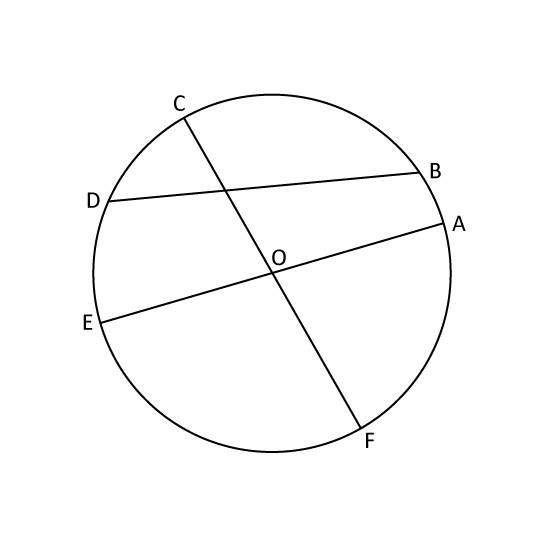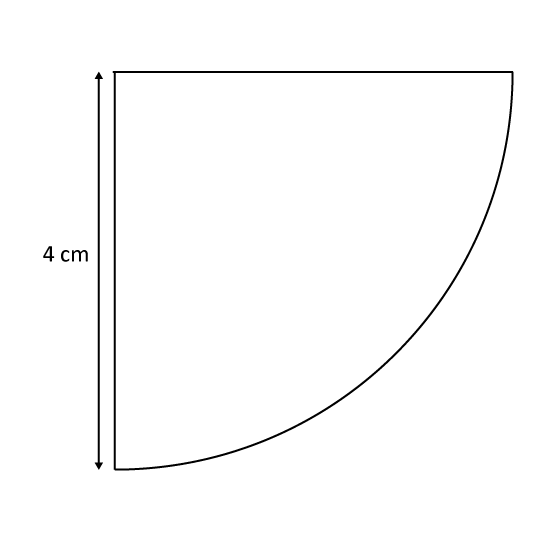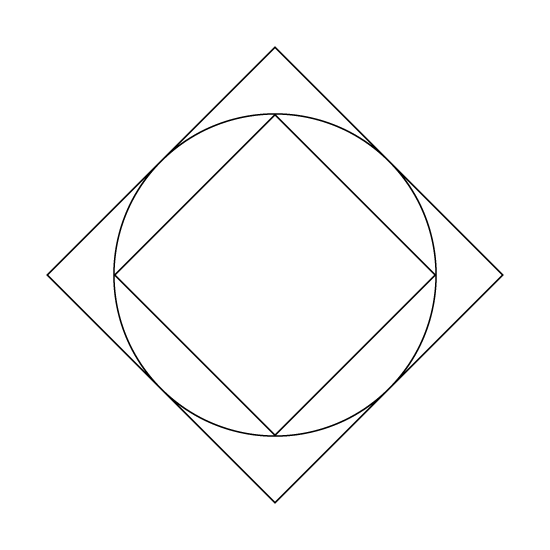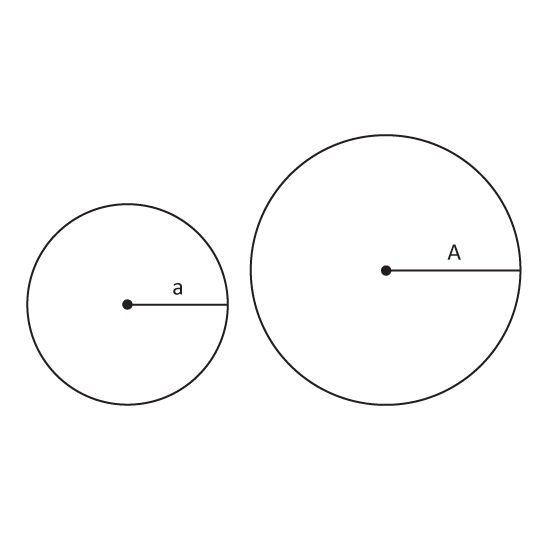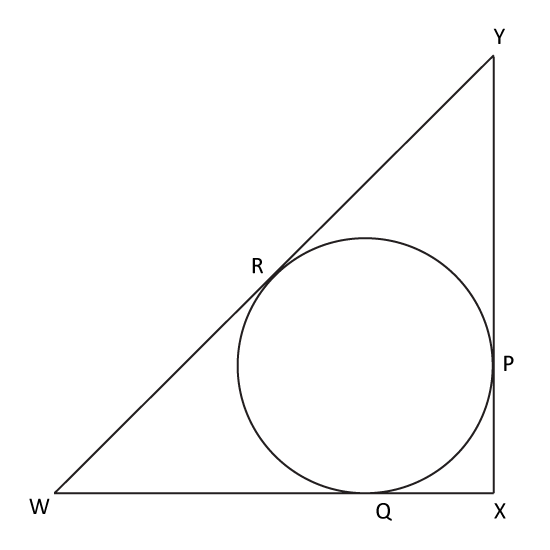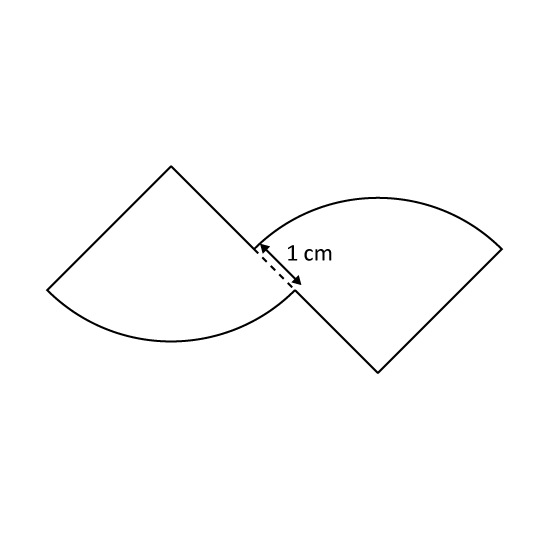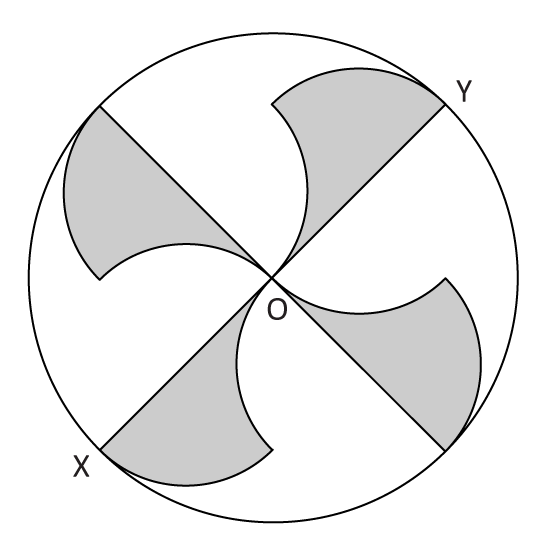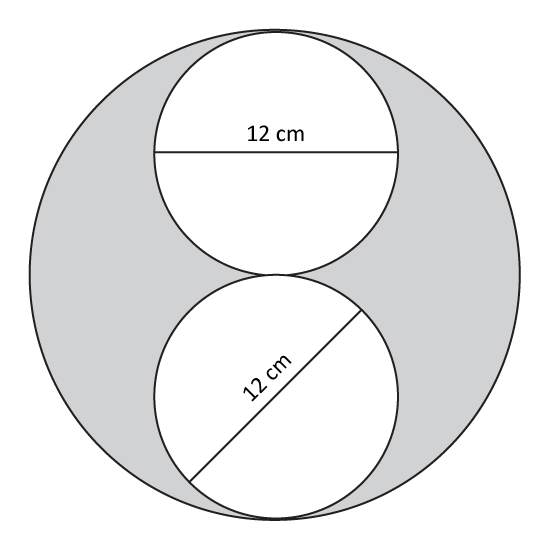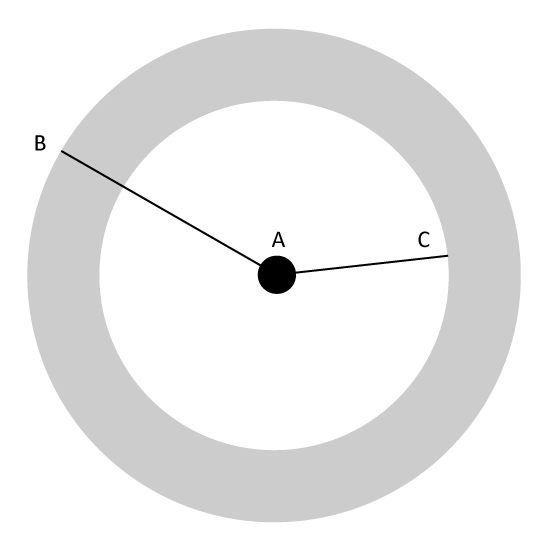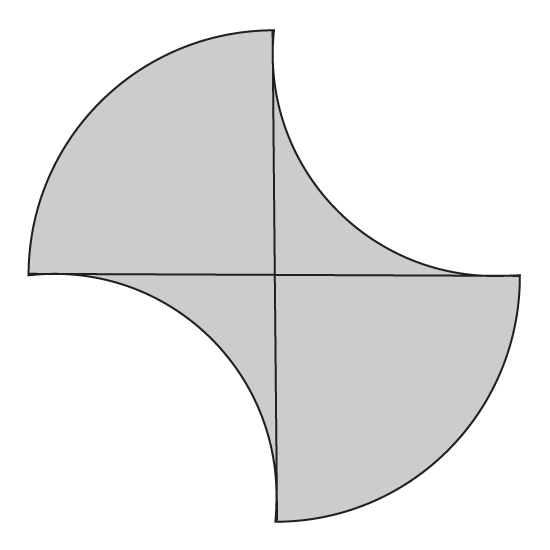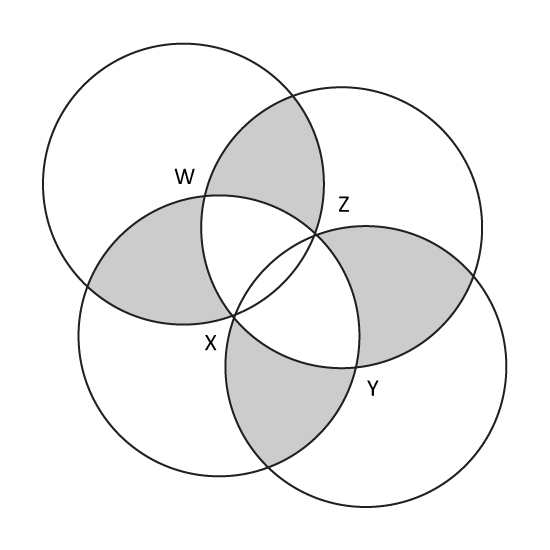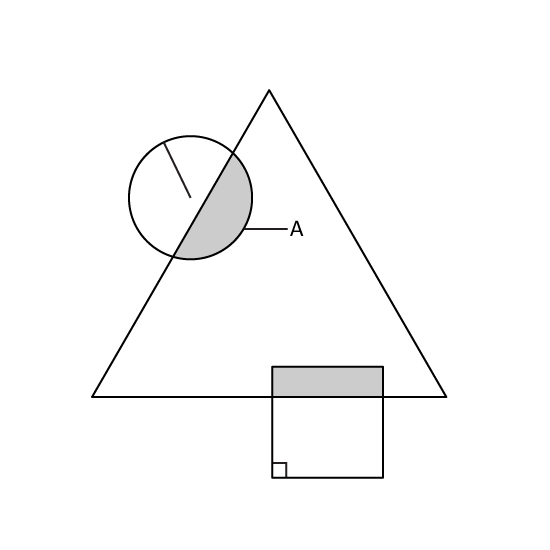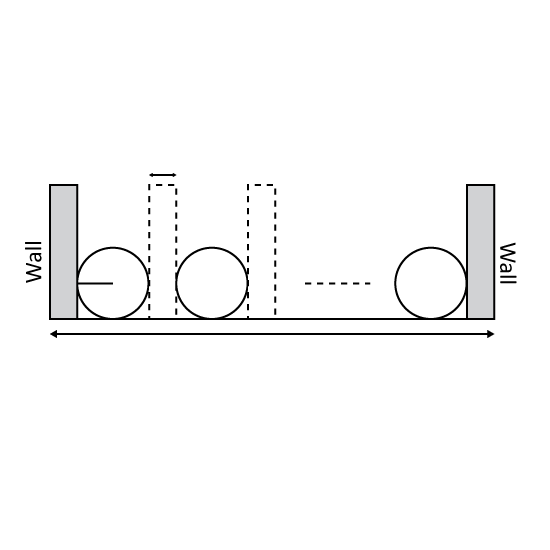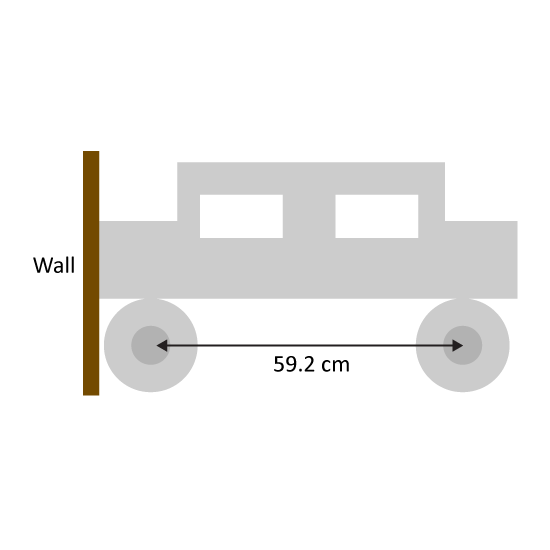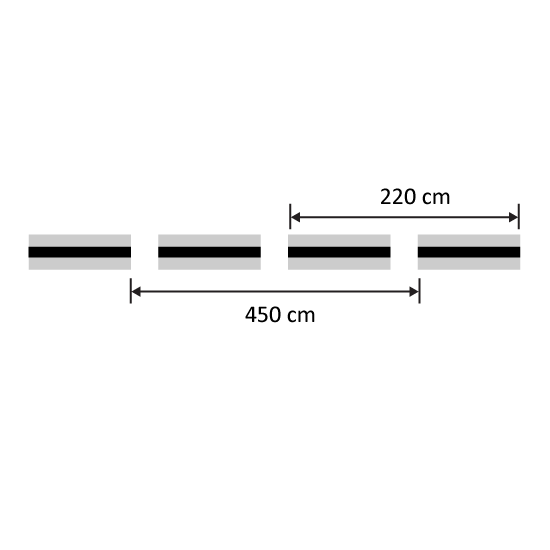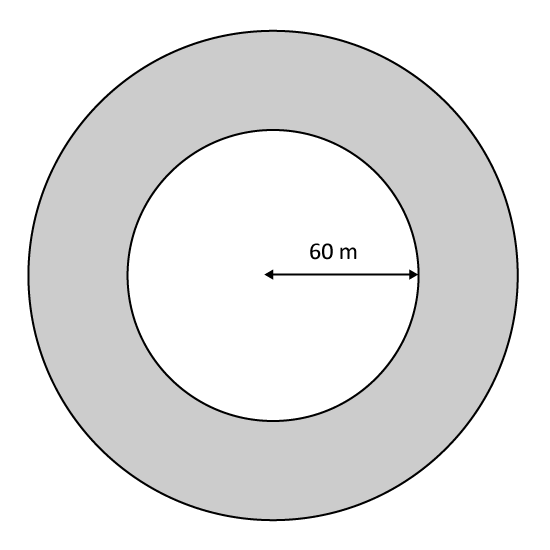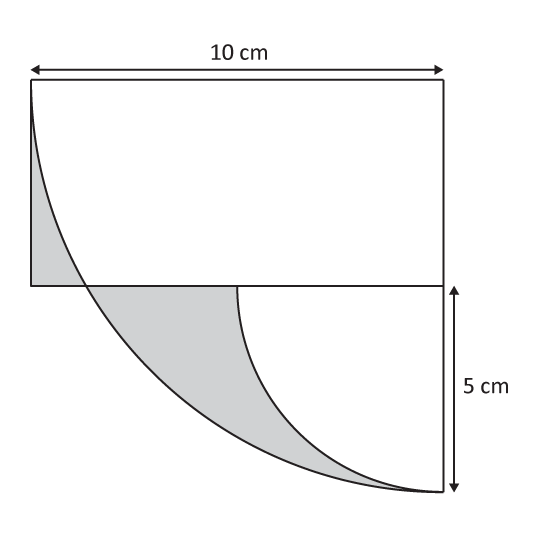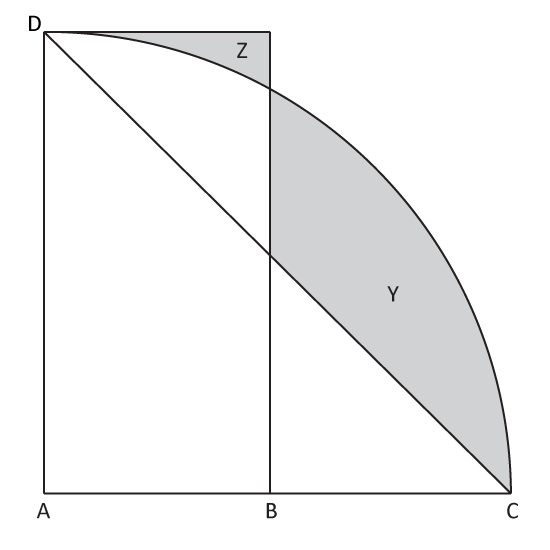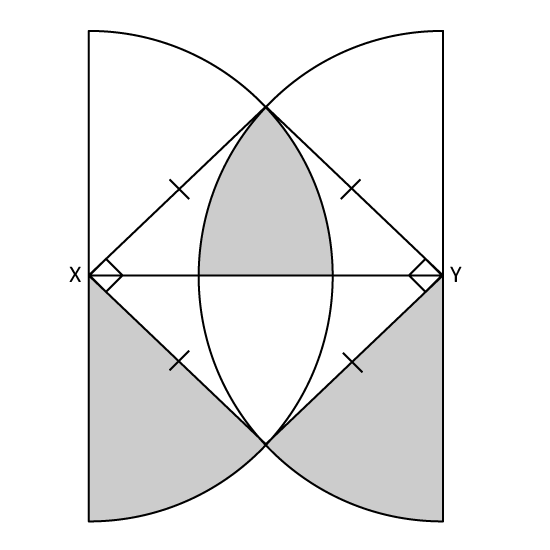Level 1 PSLE
The circle has centre O. COF and AOE are straight lines. Which statement is correct? Give your answer in number. (Eg 1)
(1) Radius: OA; Diameter: CF
(2) Radius: DB; Diameter: AE
(3) Radius: AE; Diameter: OC
Level 1 PSLE
The circle has centre O. COF and AOE are straight lines. Which statement is correct? Give your answer in number. (Eg 1)
(1) Radius: OA; Diameter: CF
(2) Radius: DB; Diameter: AE
(3) Radius: AE; Diameter: OC
Image in this question is not available.
Level 1
Find the perimeter of this quadrant. Its radius is 4 cm. (Take π = 3.14)
Level 1
Find the perimeter of this quadrant. Its radius is 4 cm. (Take π = 3.14)
Image in this question is not available.
Level 2
In the figure, the circle is touching each of the two squares at exactly four points, if the area of the bigger square is 100 cm2, find the area of the smaller square.
Level 2
In the figure, the circle is touching each of the two squares at exactly four points, if the area of the bigger square is 100 cm2, find the area of the smaller square.
Image in this question is not available.
Level 2
The circles are not drawn to scale. The small circle is with radius a and the big circle is with radius A. The ratio of a to A is 4 : 7. If the area of the small circle is 169π cm2, find A. Express the answer in mixed number.
Level 2
The circles are not drawn to scale. The small circle is with radius a and the big circle is with radius A. The ratio of a to A is 4 : 7. If the area of the small circle is 169π cm2, find A. Express the answer in mixed number.
Image in this question is not available.
Level 2
The perimeter of the triangle WXY is 30 cm. Given that YW = 13 cm, WX = 12 cm, RY = PY and PX = QX, find the radius of the circle.
Level 2
The perimeter of the triangle WXY is 30 cm. Given that YW = 13 cm, WX = 12 cm, RY = PY and PX = QX, find the radius of the circle.
Image in this question is not available.
Level 2 PSLE
The figure is formed by joining two quarter circles of radius 3 cm. Find the perimeter of the figure. Round your answer to the nearest whole number. Take π = 3.14
Level 2 PSLE
The figure is formed by joining two quarter circles of radius 3 cm. Find the perimeter of the figure. Round your answer to the nearest whole number. Take π = 3.14
Image in this question is not available.
Level 2
The figure shows a circle. O is the centre and the diameter XOY is 42 cm long. Each of the shaded part is formed by the radius of the big circle and 2 identical quarter arcs. Find the total area of the shaded parts in the figure. (Take π = 227)
Level 2
The figure shows a circle. O is the centre and the diameter XOY is 42 cm long. Each of the shaded part is formed by the radius of the big circle and 2 identical quarter arcs. Find the total area of the shaded parts in the figure. (Take π = 227)
Image in this question is not available.
Level 2
The figure shows 2 identical small circles of diameter 12 cm inside a big circle of radius 12 cm. Find the area of the unshaded part of the big circle. Express the answer in terms of π.
Level 2
The figure shows 2 identical small circles of diameter 12 cm inside a big circle of radius 12 cm. Find the area of the unshaded part of the big circle. Express the answer in terms of π.
Image in this question is not available.
Level 2
The figure (not drawn to scale) is made of two concentric circles. AB is the radius of the bigger circle. AC is the radius of the smaller circle. AB is 35 cm while AC is 14 cm. Find the area of the shaded region. (Take π = 227)
Level 2
The figure (not drawn to scale) is made of two concentric circles. AB is the radius of the bigger circle. AC is the radius of the smaller circle. AB is 35 cm while AC is 14 cm. Find the area of the shaded region. (Take π = 227)
Image in this question is not available.
Level 2
The shaded figure is made up of 4 quarter arcs of radius 12 cm. Find its area.
(Take π = 3.14)
Level 2
The shaded figure is made up of 4 quarter arcs of radius 12 cm. Find its area.
(Take π = 3.14)
Image in this question is not available.
Level 2
The figure is formed by a circle and an isosceles triangle where PQ = PR. The radius of the circle is 14 cm. Find the area of the shaded part. (Take π = 227)
Level 2
The figure is formed by a circle and an isosceles triangle where PQ = PR. The radius of the circle is 14 cm. Find the area of the shaded part. (Take π = 227)
Image in this question is not available.
Level 2
The figure is made up of 4 identical circles where W, X, Y and Z are the centres of the circles. Each circle has a radius of 7 cm. Find the area of the shaded region. (Take π = 227)
Level 2
The figure is made up of 4 identical circles where W, X, Y and Z are the centres of the circles. Each circle has a radius of 7 cm. Find the area of the shaded region. (Take π = 227)
Image in this question is not available.
Level 3
The figure is made up of a circle, a triangle and a square of sides 8 cm. The radius of the circle is 7 cm. The ratio of the area of the circle to the shaded area of the circle is 7 : 3. The ratio of the area of the square to the area of the triangle is 1 : 4. Given that 14 of the square is shaded, what is the total area of the unshaded figure?
(Take π = 227)
Level 3
The figure is made up of a circle, a triangle and a square of sides 8 cm. The radius of the circle is 7 cm. The ratio of the area of the circle to the shaded area of the circle is 7 : 3. The ratio of the area of the square to the area of the triangle is 1 : 4. Given that 14 of the square is shaded, what is the total area of the unshaded figure?
(Take π = 227)
Image in this question is not available.
Level 3
In the diagram shown, 23 identical rubber balls were placed between two walls with equally spaced gaps between them. The first rubber ball and the last rubber ball were touching the front wall and last wall respectively. Given that the distance between the two walls was 399 cm and that the radius of a rubber ball was 7 cm. Find the length of the gap between any two adjacent rubber balls as shown.
Level 3
In the diagram shown, 23 identical rubber balls were placed between two walls with equally spaced gaps between them. The first rubber ball and the last rubber ball were touching the front wall and last wall respectively. Given that the distance between the two walls was 399 cm and that the radius of a rubber ball was 7 cm. Find the length of the gap between any two adjacent rubber balls as shown.
Image in this question is not available.
Level 3
Tom built a car using two identical wheels of radius 2.9 cm each as shown. The distance between the centres of the two wheels is 59.2 cm. He rolled the car from one end of the room to the other end touching walls at both ends. The distance between the two walls is 11.2 m. How many complete revolutions did each wheel make?
Take π = 3.14.
Level 3
Tom built a car using two identical wheels of radius 2.9 cm each as shown. The distance between the centres of the two wheels is 59.2 cm. He rolled the car from one end of the room to the other end touching walls at both ends. The distance between the two walls is 11.2 m. How many complete revolutions did each wheel make?
Take π = 3.14.
Image in this question is not available.
Level 3
One part of a car wheel was stained with paint on its surface. The diagram showed the tyre marks made by the car wheel when the vehicle moved through a certain distance. Find the radius of the car wheel. Round off the answer to 2 decimal place. (Take π = 227)
Level 3
One part of a car wheel was stained with paint on its surface. The diagram showed the tyre marks made by the car wheel when the vehicle moved through a certain distance. Find the radius of the car wheel. Round off the answer to 2 decimal place. (Take π = 227)
Image in this question is not available.
Level 3
A garden path is to be cemented at $14 per m?. The inner circle has a radius of 60 m and the track is 30 m wide. What is the cost of cementing the track? Round off the answer to the nearest $1000.
(Take π = 3.14)
Level 3
A garden path is to be cemented at $14 per m?. The inner circle has a radius of 60 m and the track is 30 m wide. What is the cost of cementing the track? Round off the answer to the nearest $1000.
(Take π = 3.14)
Image in this question is not available.
Level 3
The figure shows 2 quarter circles and a rectangle. The radius of the big quarter circle is 10 cm. The radius of the small quarter circle is 5 cm. Find the difference in area between the two shaded parts P and Q. (Take π = 3.14 and give the answer correct to 1 decimal place)
Answer: 5.7 cm2
Level 3
The figure shows 2 quarter circles and a rectangle. The radius of the big quarter circle is 10 cm. The radius of the small quarter circle is 5 cm. Find the difference in area between the two shaded parts P and Q. (Take π = 3.14 and give the answer correct to 1 decimal place)
Answer: 5.7 cm2
Image in this question is not available.
Level 3
The figure consists of a rectangle, a quadrant and an isosceles triangle. Given that the radius of the quadrant is 10 cm and B is the midpoint of Line AC, find the difference between the shaded areas Y and Z. Express the answer in nearest whole number.
(Take π = 3.14)
Level 3
The figure consists of a rectangle, a quadrant and an isosceles triangle. Given that the radius of the quadrant is 10 cm and B is the midpoint of Line AC, find the difference between the shaded areas Y and Z. Express the answer in nearest whole number.
(Take π = 3.14)
Image in this question is not available.
Level 3
The figure shows two identical semi-circles. XY is a straight line. X and Y are the centres of the semi-circles. Given that the radius of the semi-circle is 10 cm, find the area of the shaded regions. Express the answer correct to 1 decimal place. (Take π = 3.14)
Level 3
The figure shows two identical semi-circles. XY is a straight line. X and Y are the centres of the semi-circles. Given that the radius of the semi-circle is 10 cm, find the area of the shaded regions. Express the answer correct to 1 decimal place. (Take π = 3.14)
Image in this question is not available.
